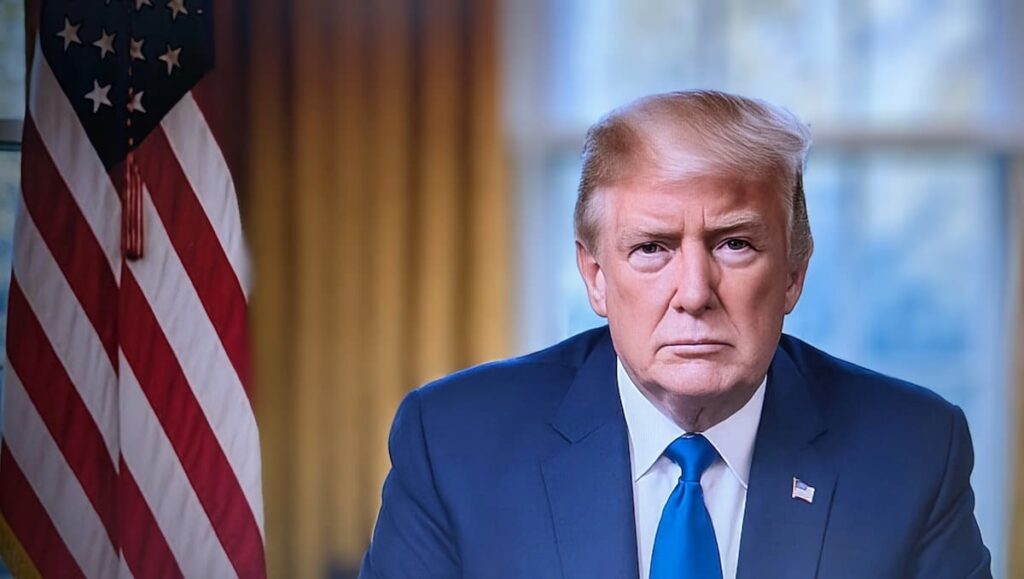Rising Tensions Shift Focus to Gaza Ceasefire Progress
The Middle East remains in a fragile state following intensified conflict and international military action, yet recent developments suggest progress may be underway—at least regarding a ceasefire in Gaza. Former U.S. President Donald Trump claimed that recent American airstrikes on Iranian facilities have helped move negotiations forward in the region, particularly in Gaza, where the humanitarian situation remains dire.
The airstrikes were aimed at halting Iran’s nuclear ambitions, which U.S. officials argue had been rapidly advancing. While preliminary intelligence reports suggest the attacks only delayed Iran’s program by a few months, Trump maintains that the strikes pushed Iran’s capabilities back by decades. He emphasized that these military actions have indirectly contributed to progress in the ongoing ceasefire talks concerning Gaza.
Meanwhile, Gaza continues to bear the brunt of prolonged conflict, with thousands of residents displaced multiple times since hostilities reignited in late 2023. The momentum toward a truce is seen as a possible turning point for a region exhausted by cycles of violence, though political leaders and international observers urge caution.
Iran’s Nuclear Setbacks and International Reactions
Following the strikes, Iranian officials confirmed that their nuclear facilities suffered extensive damage. While details remain limited, Tehran acknowledged the severity of the setback to their program. This admission aligns with Washington’s intention to halt Iran’s nuclear development through direct intervention rather than solely through diplomacy.
The global response to the airstrikes has been mixed. In Europe, leaders are urging a return to diplomatic engagement. French President Emmanuel Macron stressed the need to resume technical and diplomatic discussions regarding Iran’s nuclear program. Macron also expressed concern about the legality of the strikes and the long-term implications of military solutions in such a volatile context.
The ceasefire between Israel and Iran, although holding for now, is under constant threat. Leaders warn that without a stable framework and mutual accountability, peace in the region could quickly unravel again. The ongoing nuclear discussions remain a critical component of broader regional stability and the evolving Gaza ceasefire process.
Criticism Over Humanitarian Efforts in Gaza
While political leaders focus on ceasefire arrangements and nuclear diplomacy, humanitarian conditions in Gaza remain critical. Displaced families face ongoing struggles, with limited access to basic necessities such as food, water, and shelter. The United Nations Relief and Works Agency (UNRWA) has voiced strong concerns about the humanitarian aid currently being delivered by the Gaza Humanitarian Foundation (GHF), an initiative backed by the United States and Israel.
UNRWA officials argue that the GHF’s operations are inefficient and dangerous, claiming that the aid workers on the ground often act more like mercenaries than humanitarian staff. Reports from eyewitnesses and medical sources in Gaza have also indicated that violence has occurred during aid distribution, putting civilians at further risk.
UNRWA maintains that their existing network, which includes hundreds of distribution centers, is better suited to serve the needs of the population. The criticism highlights growing tensions over how aid is managed and delivered, especially in a context where neutrality and safety are essential for effective humanitarian response.
A Fragile Path Forward
The combination of military intervention, diplomatic maneuvering, and humanitarian concerns has created a complex and delicate situation in the Middle East. While Trump’s claims of “great progress” in ceasefire talks provide a glimmer of hope, the reality on the ground paints a more cautious picture.
The Iran-Israel ceasefire remains unsteady, and the future of Iran’s nuclear program is far from certain. Meanwhile, Gaza’s population continues to suffer, caught between geopolitical agendas and conflicting visions of how aid should be delivered.
What happens next will likely depend on how global powers balance force and diplomacy, and whether they can unite behind a sustainable path to peace. For now, the region remains suspended in a tense pause—where every move carries weight, and every delay comes at a human cost.



